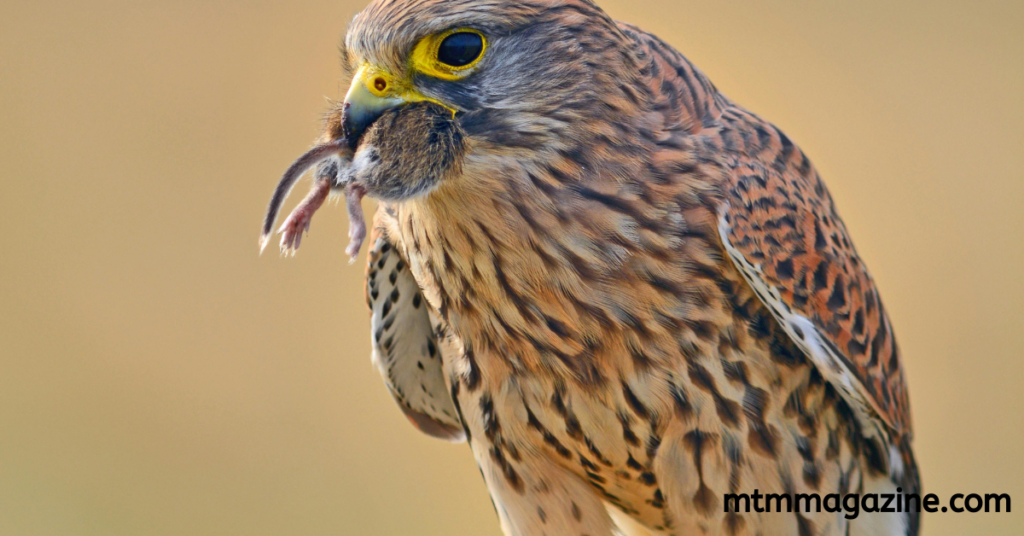The Hancock bird is a rare and fascinating species that has intrigued bird enthusiasts and conservationists for decades. Known for its unique appearance and elusive nature, this bird holds a special place in the ecosystem. In this article, we will explore the facts about the Hancock bird, its habitat, behavior, and the ongoing efforts to conserve its population.
What is the Hancock Bird?
The Hancock bird is a small to medium-sized bird characterized by its vibrant plumage and distinctive calls. Although its exact classification and scientific name are debated due to limited sightings, it is widely recognized for its striking colors, often a mix of bright blues and greens with hints of yellow or red. This bird is endemic to specific regions, making it a unique member of the avian world.
Key Characteristics:
- Size: Approximately 25-30 cm in length.
- Plumage: A combination of bright and iridescent colors.
- Diet: Primarily feeds on insects, seeds, and fruits.
- Lifespan: Estimated to live around 8-10 years in the wild.
Habitat and Distribution
The Hancock bird is native to dense tropical and subtropical forests. These forests provide the bird with ample food sources and nesting opportunities. However, due to deforestation and habitat loss, the bird’s natural range has significantly diminished over the years.
Preferred Habitat:
- Forest Canopies: The bird thrives in high canopies where it can forage for food and remain safe from predators.
- Wetlands: Occasionally found near water bodies that support a rich insect population.
- Regions: Observed in select areas of Southeast Asia and parts of Central America.
The limited distribution of the Hancock bird makes it a rare sight even among avid birdwatchers. This rarity contributes to its allure but also underscores the urgency of its conservation.
Behavior and Breeding Patterns
The Hancock bird is known for its shy and secretive nature. It often avoids human interaction, making it challenging to study. Despite this, some fascinating behavioral traits have been documented:
Behavior:
- Feeding Habits: The bird is an opportunistic feeder, relying on seasonal availability of fruits and insects.
- Vocalizations: Emits a series of melodious and varied calls, often used to communicate within flocks.
- Flight Patterns: Agile and swift, capable of maneuvering through dense foliage with ease.
Breeding:
- Mating Season: Typically occurs during the spring months when food is abundant.
- Nesting: Builds intricate nests in tree hollows or dense foliage to protect its eggs from predators.
- Clutch Size: Lays 2-4 eggs, with both parents sharing incubation duties.
Threats to the Hancock Bird
Like many rare species, the Hancock bird faces numerous threats that endanger its survival:
1. Habitat Loss
Deforestation for agriculture, logging, and urban development has drastically reduced the bird’s natural habitat.
2. Climate Change
Shifts in weather patterns have impacted food availability and nesting sites, further threatening the bird’s population.
3. Illegal Wildlife Trade
The Hancock bird’s rarity and vibrant plumage make it a target for illegal poaching and trade.
4. Predators
Natural predators, including larger birds and mammals, pose a risk, particularly to eggs and young chicks.
Conservation Efforts
Several organizations and governments have initiated measures to protect the Hancock bird and its habitat. These efforts include:
1. Habitat Preservation
- Establishing protected areas and wildlife sanctuaries to safeguard forests where the bird resides.
- Promoting reforestation projects to restore degraded habitats.
2. Research and Monitoring
- Conducting detailed studies to better understand the bird’s behavior, breeding patterns, and population trends.
- Utilizing satellite tracking to monitor migration and habitat use.
3. Community Involvement
- Educating local communities about the importance of the Hancock bird and involving them in conservation activities.
- Providing incentives to reduce deforestation and poaching.
4. Legislation and Enforcement
- Enforcing stricter laws against illegal wildlife trade and habitat destruction.
- Collaborating with international organizations to curb poaching.
How You Can Help
While conservation organizations are doing their part, individuals can also contribute to saving the Hancock bird:
- Support Conservation Groups: Donate to or volunteer with organizations working to protect endangered species.
- Promote Awareness: Share information about the Hancock bird and its plight to encourage broader public support.
- Adopt Sustainable Practices: Reduce your ecological footprint by supporting sustainable products and practices.
Conclusion
The Hancock bird is a symbol of nature’s beauty and fragility. Its rarity serves as a reminder of the importance of preserving biodiversity. Through concerted efforts in conservation and public awareness, we can ensure that this remarkable bird continues to grace our forests for generations to come. Protecting the Hancock bird is not just about saving a single species but about maintaining the delicate balance of our ecosystems.



